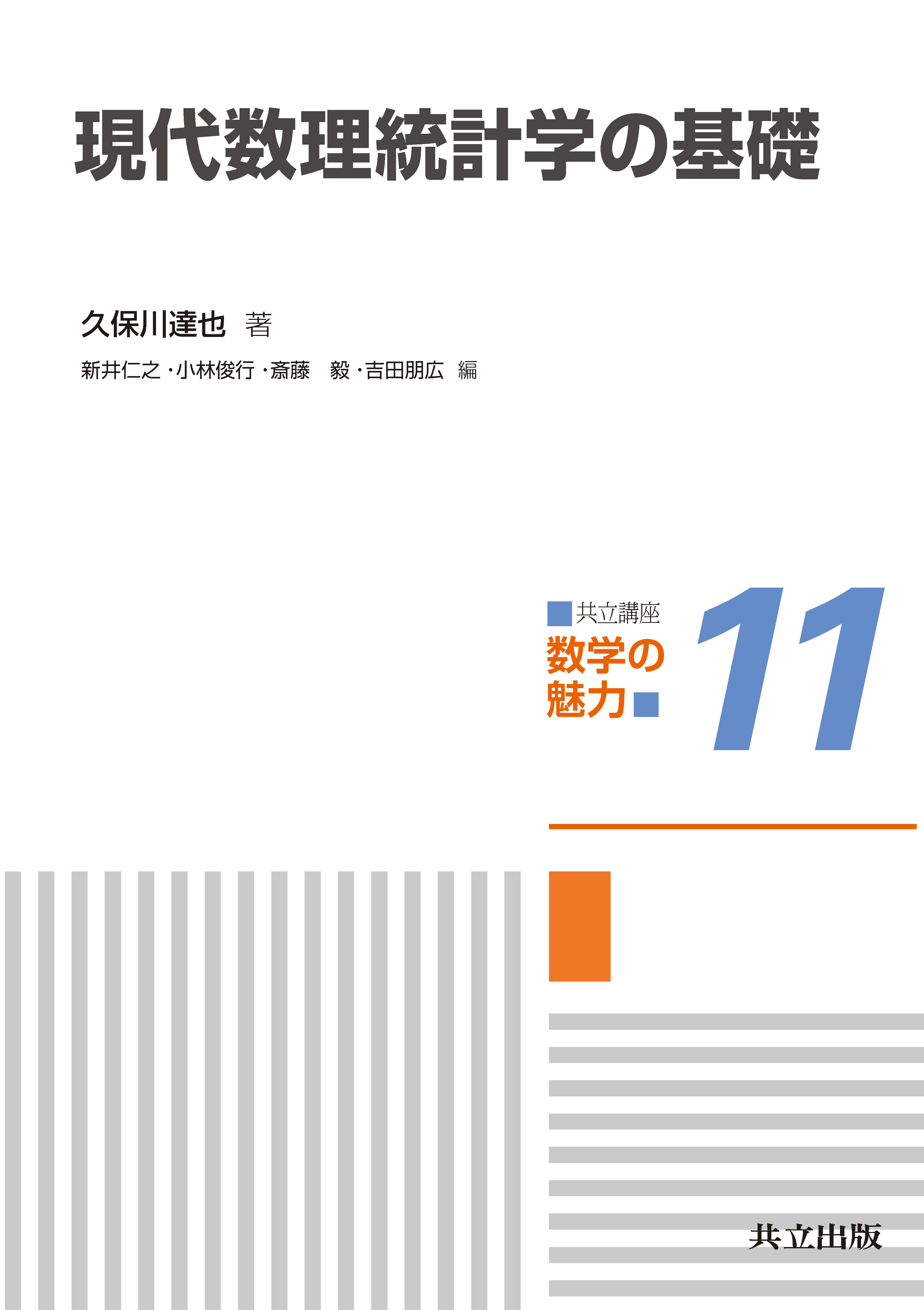
Title
Tō kei gaku (Statistics)
Size
352 pages, A5 format
Language
Japanese
Released
October 31, 2016
Published by
University of Tokyo Press
Book Info
See Book Availability at Library
Japanese Page
Today, statistical and data analysis are employed not only in academic disciplines in the humanities and science, but also widely in society and the economy. We are increasingly predisposed with each passing day to a situation where data analysis is unavoidable in work, whether it is in finance or marketing, or at a factory, medical institution, or public organization. The recent growing interest in big data, artificial intelligence, and machine learning indicates the progressive awareness of the importance in discerning the reality hidden behind the data.
Statistics, therefore, is one of the disciplines that provide practical knowledge and skills in society. However, the first studies in statistics I pursued at university were not interesting. During my third year, I read through Western books on mathematical statistics without the aid of a teacher. I found it interesting, and this gave me the incentive to further study statistics. The discipline is “live” in the sense that it offers deep theories and expansive application, constantly developing in response to the needs of the time. When I became a lecturer at a university, I truly wished to convey to students how fascinating statistics could be, hence I wrote this book.
The beauty of statistics is in finding a meaningful “treasure” out of the data, which are meaningless strings of figures in their appearance. The base of a finding is statistical methods provided by descriptive statistics, a topic for Part 1 of the book. This method is used to probe distributions based on average, variance, and so on. It can also be used to measure the extent of income disparity or concentration of market share. It can elucidate a relationship between two variables or verify if they are causally related. Attaining new knowledge through data analysis is the best part of statistical analysis.
The true strength of statistics does not stop at analyzing data. It is found in the ability to certify the confidence in the credibility of such knowledge. To do this, it is necessary to develop a model based on probability. Inferential statistics provides methods of deduction and examination based on such a model, which is discussed in Parts 2 and 3. Hypothesis testing in particular is one of the important statistical methods employed in a number of areas. For example, to test whether smoking and the incidence of lung cancer are causally related from data, the result can be statistically ascertained for its credibility, such as “with a 95% confidence interval.” Part 4 deals with social, economic, and chronological data analyses based on the basics described in Parts 1, 2, and 3.
While many introductory textbooks of statistics omit formula-based explanations, this is not useful in practice. Understanding the mechanism of statistics based on formulas enables learners to deploy statistical methods flexibly in various applications, as well as fully appreciate the virtue of statistics. For this reason, the book employs simple formulas for explanation, which makes this book unique.
(Written by KUBOKAWA Tatsuya, Professor, Graduate School of Economics / 2018)



 Find a book
Find a book






